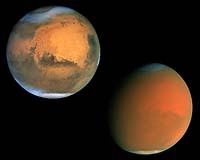
|
| ©AP Photo/Rensselaer Polytechnic Institute and PNAS
|
| A battery that looks like a sheet of paper and can be bent and twisted, trimmed with scissors or molded into any needed shape has been developed by researchers at Rensselaer Polytechnic Institute.
|
WASHINGTON - It's a battery that looks like a piece of paper and can be bent or twisted, trimmed with scissors or molded into any shape needed. While the battery is only a prototype a few inches square right now, the researchers at Rensselaer Polytechnic Institute who developed it have high hopes for it in electronics and other fields that need smaller, lighter power sources.
